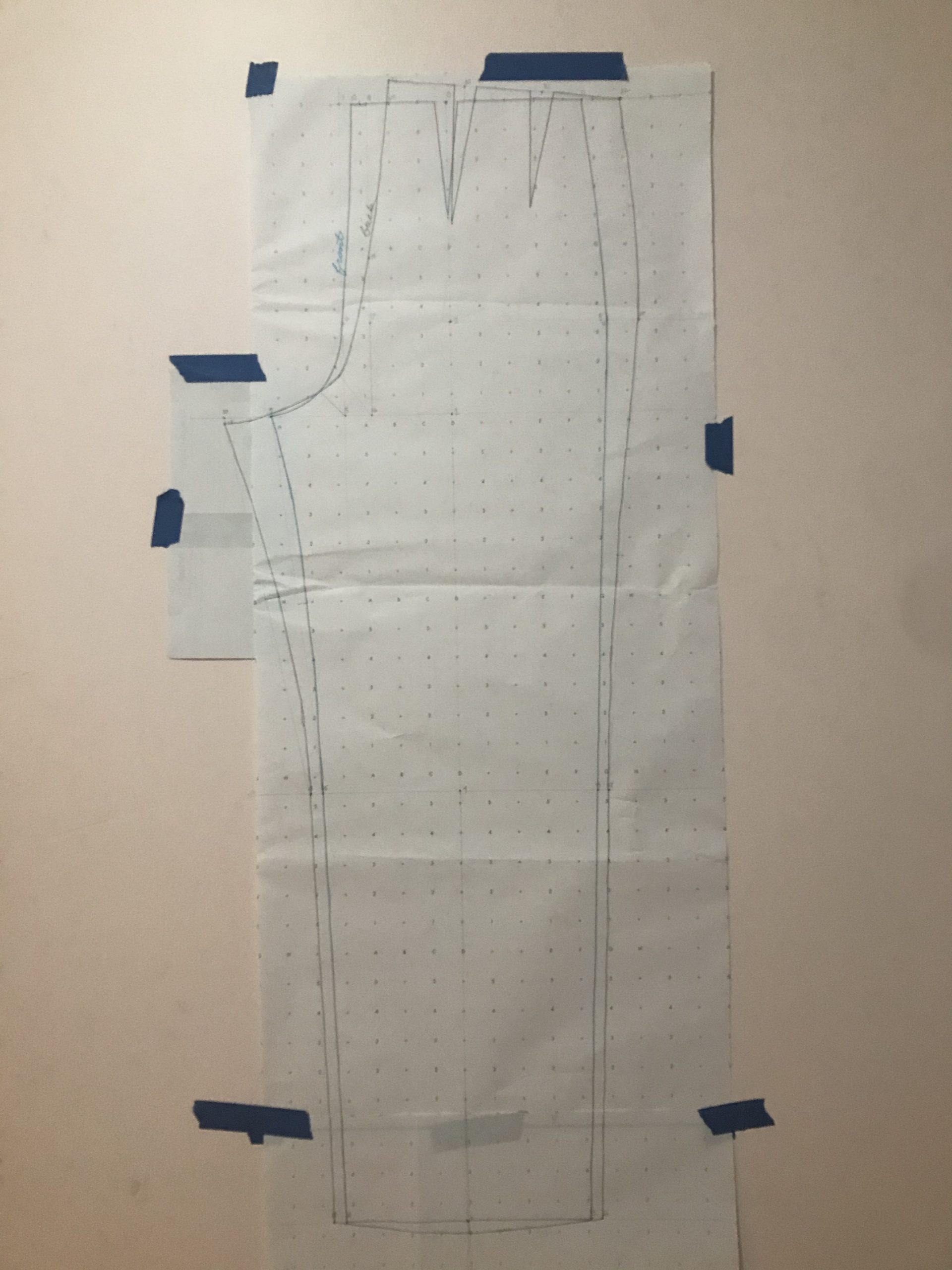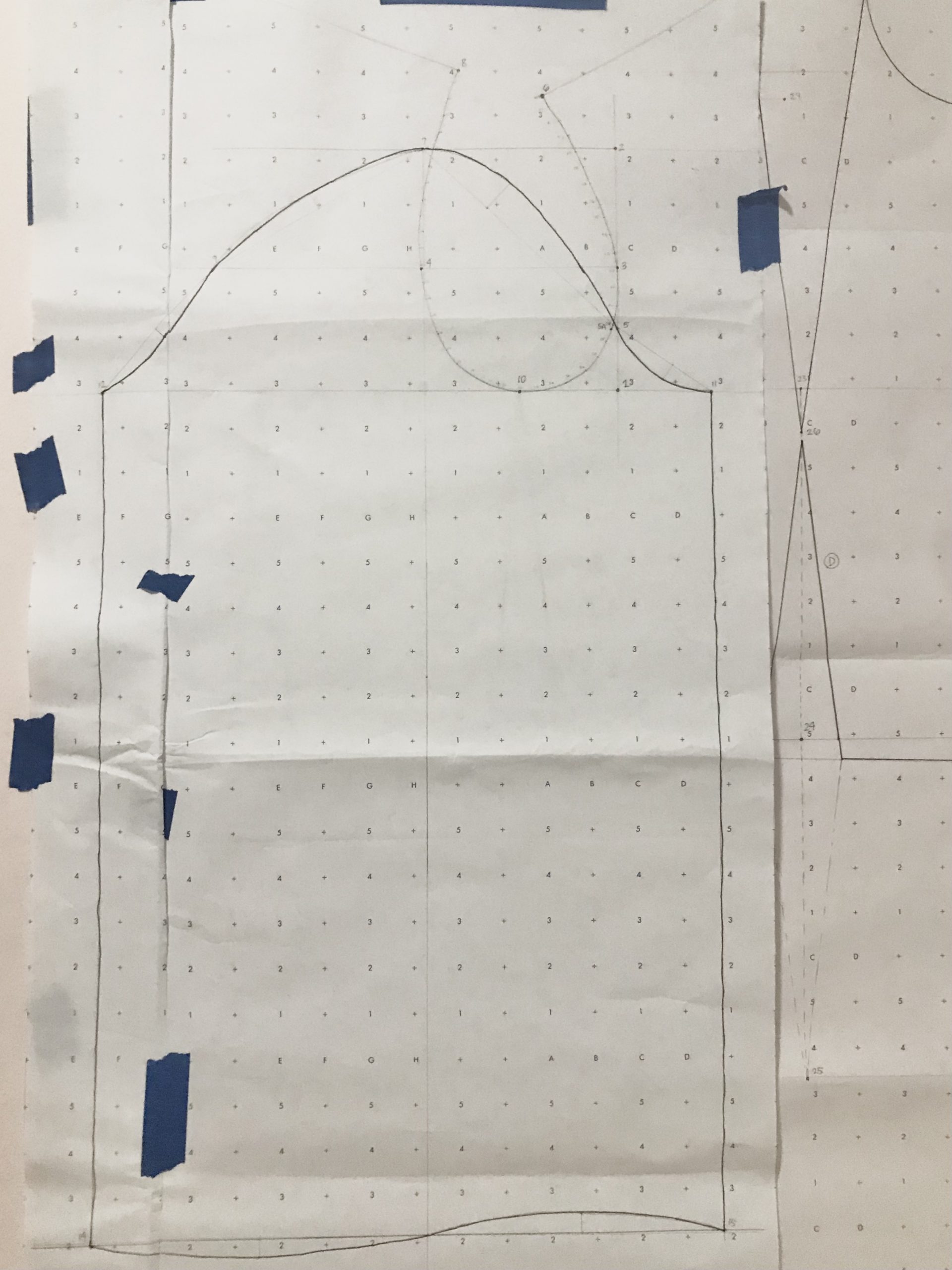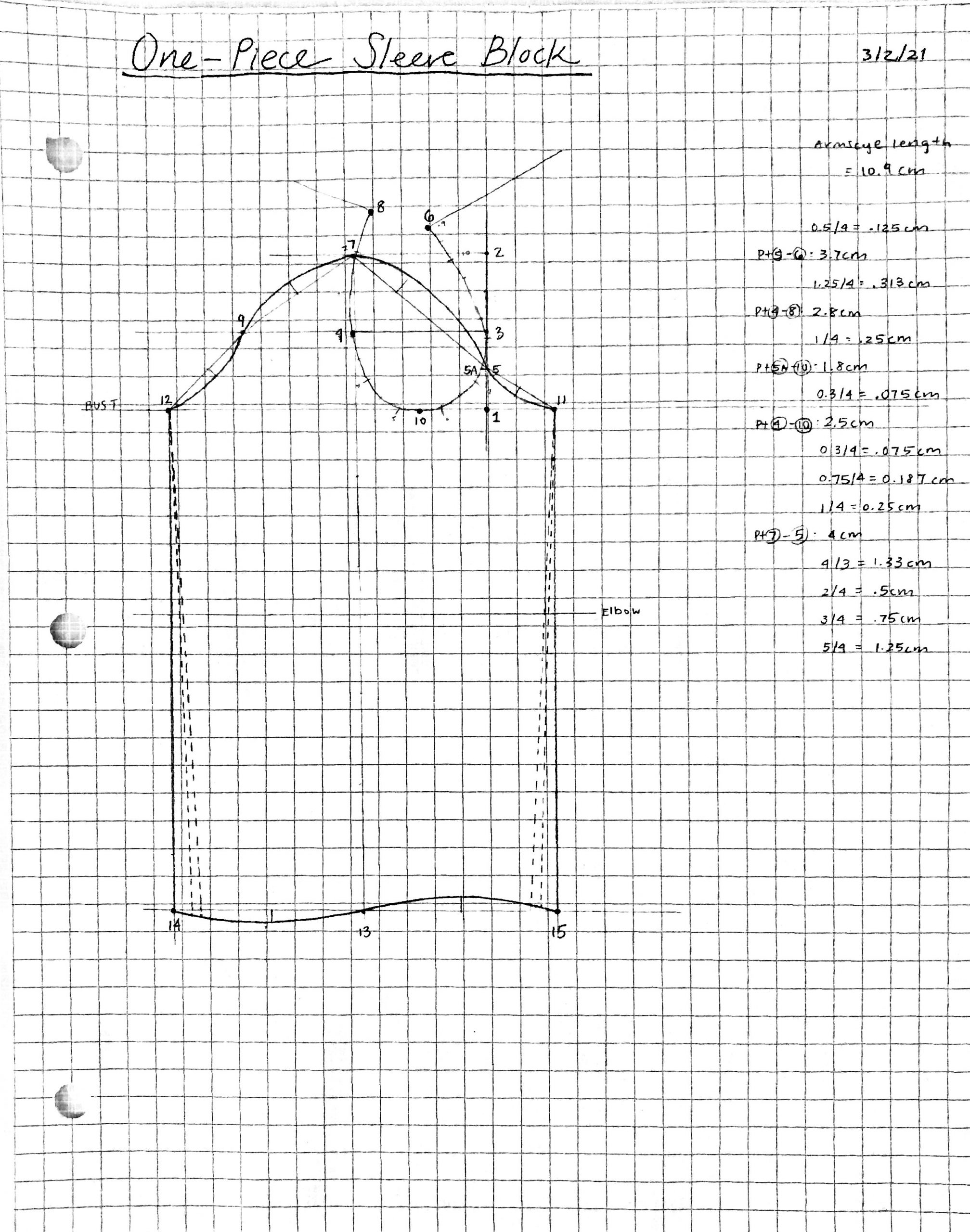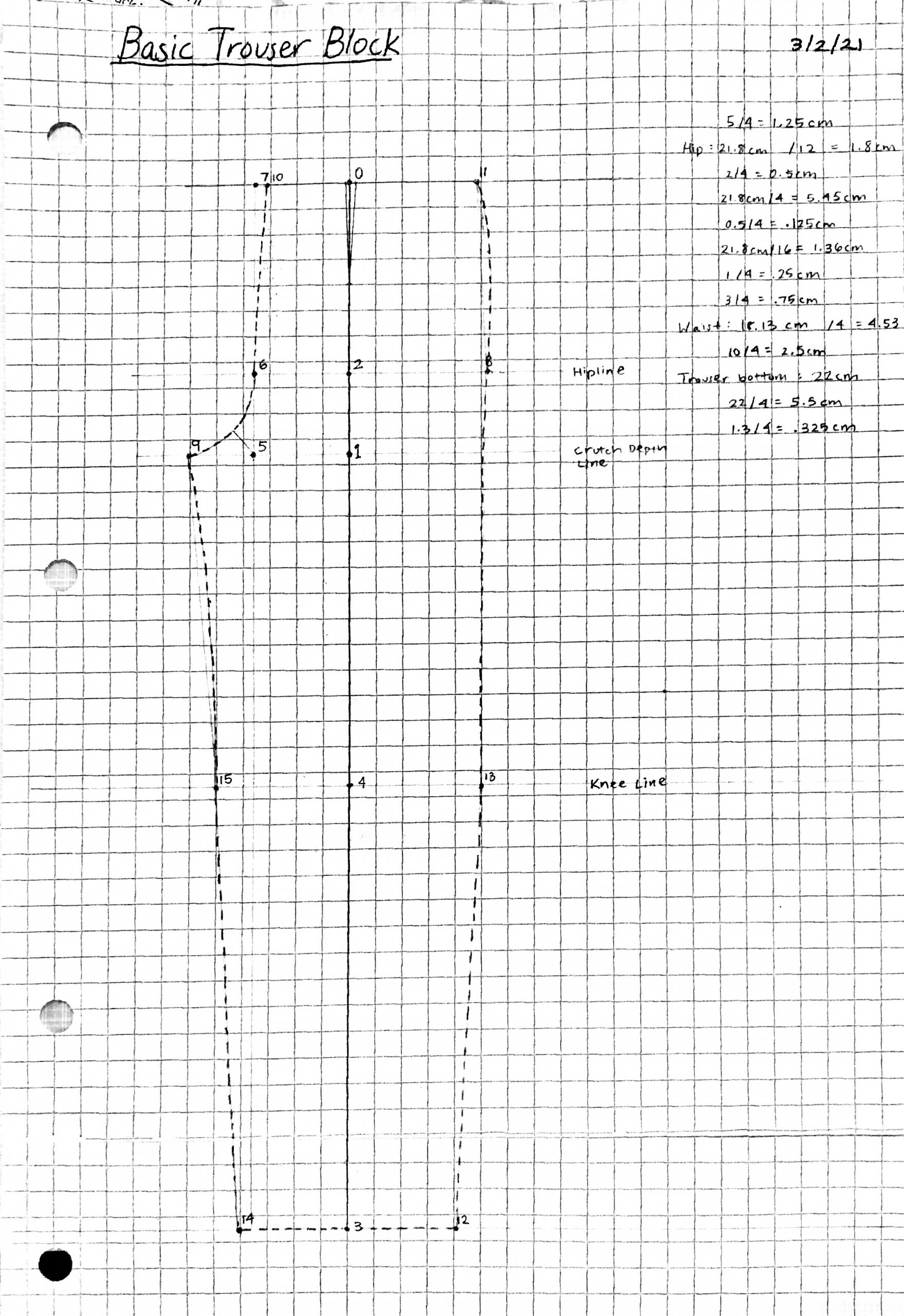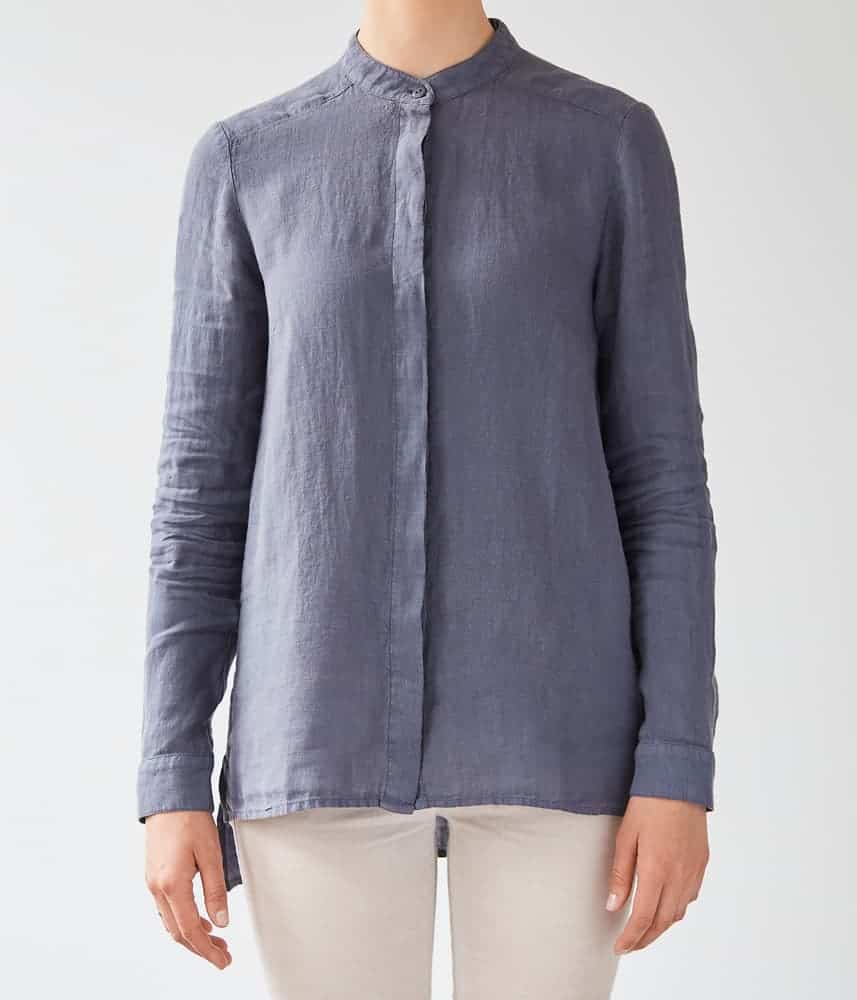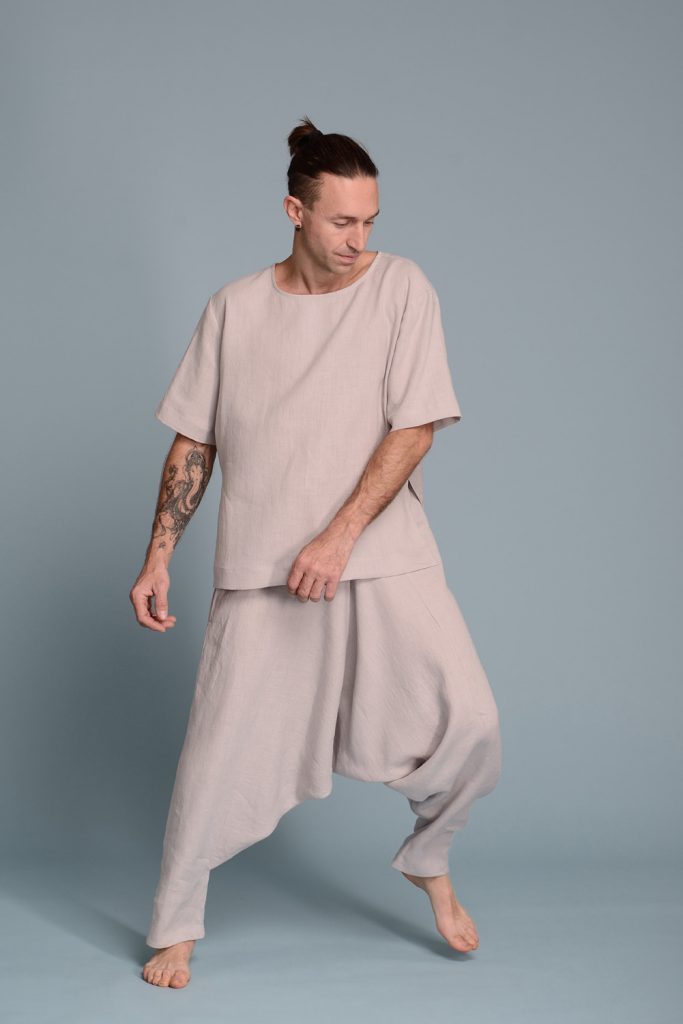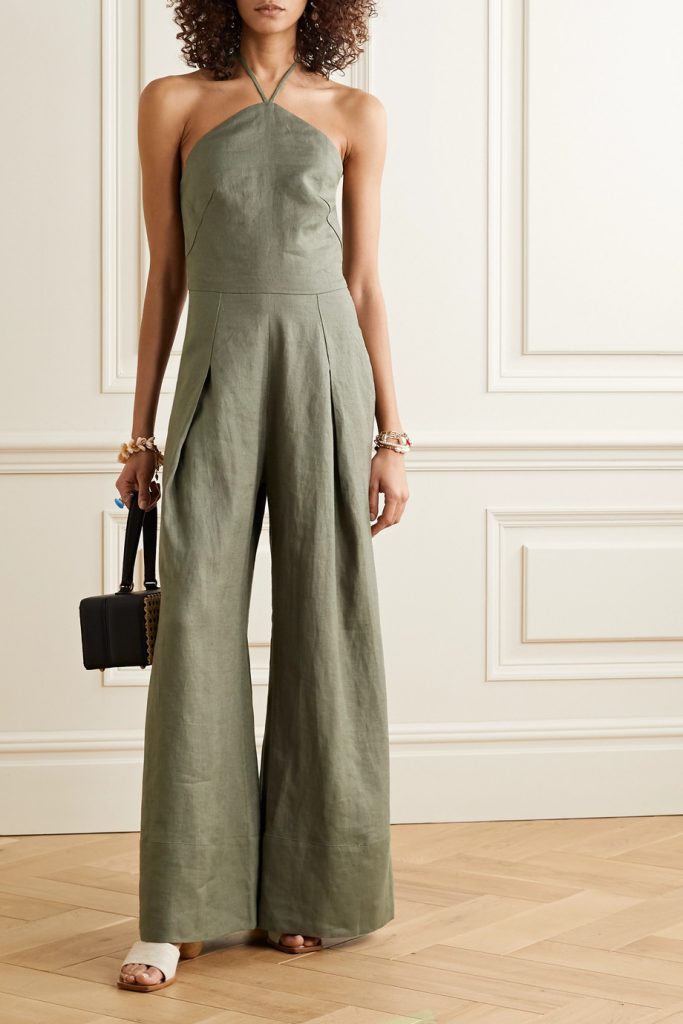Author: jasmine4@andrew.cmu.edu
Full Scale Bodice and Sleeve Blocks – Jasmine Lee
1/4 Scale Sleeve and Trouser Blocks – Jasmine Lee
Hand Sewing Samples – Jasmine Lee
Beginner Sample Set
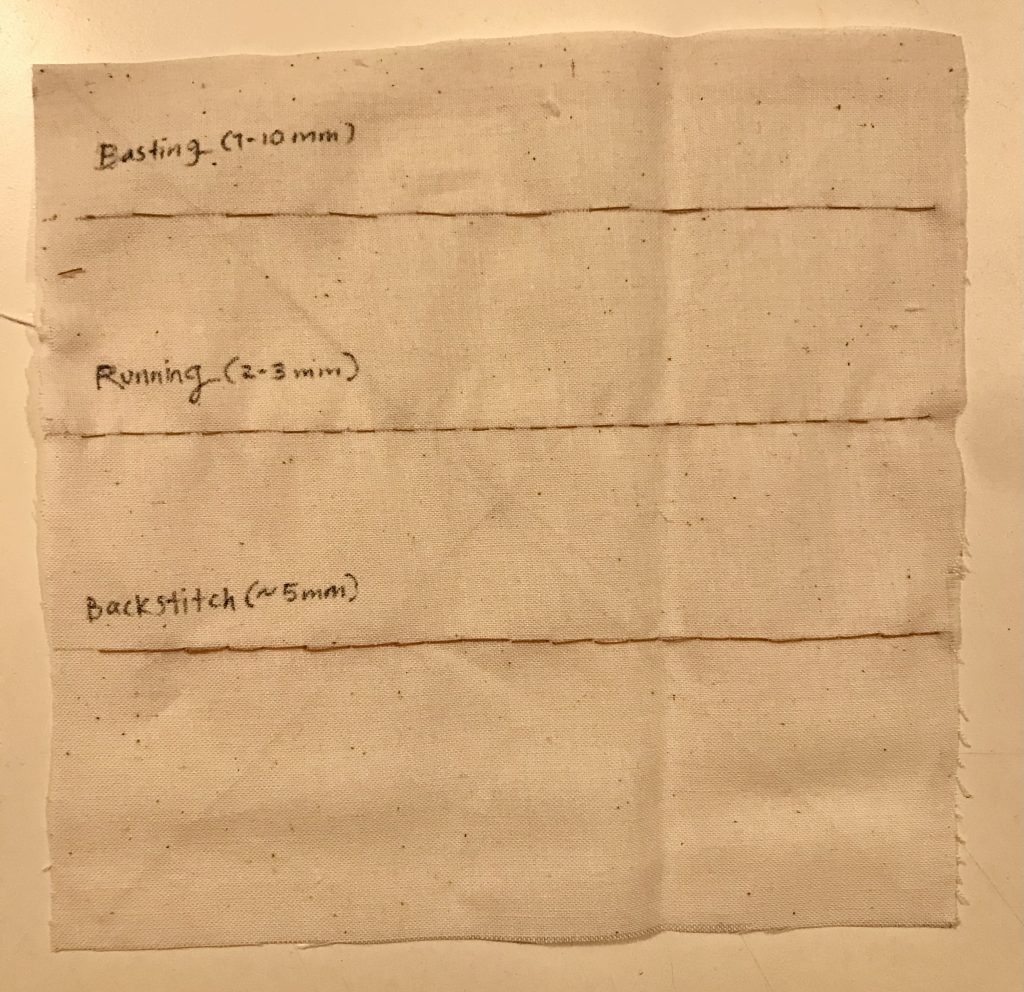
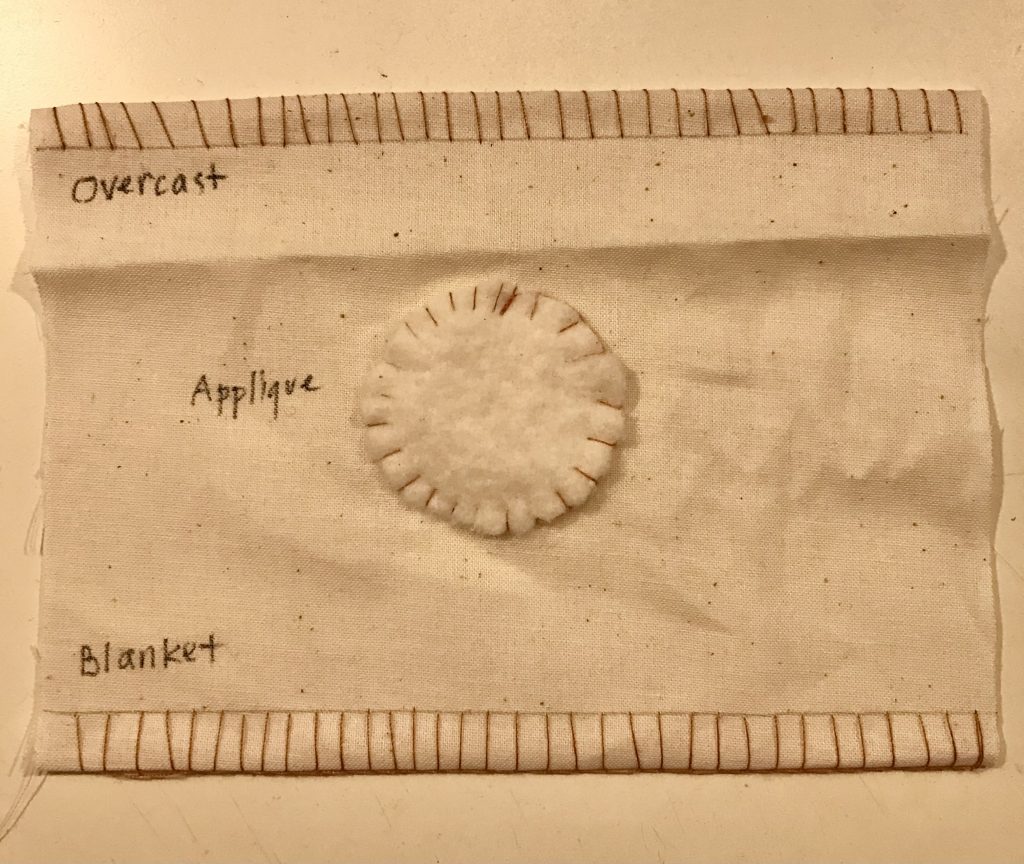
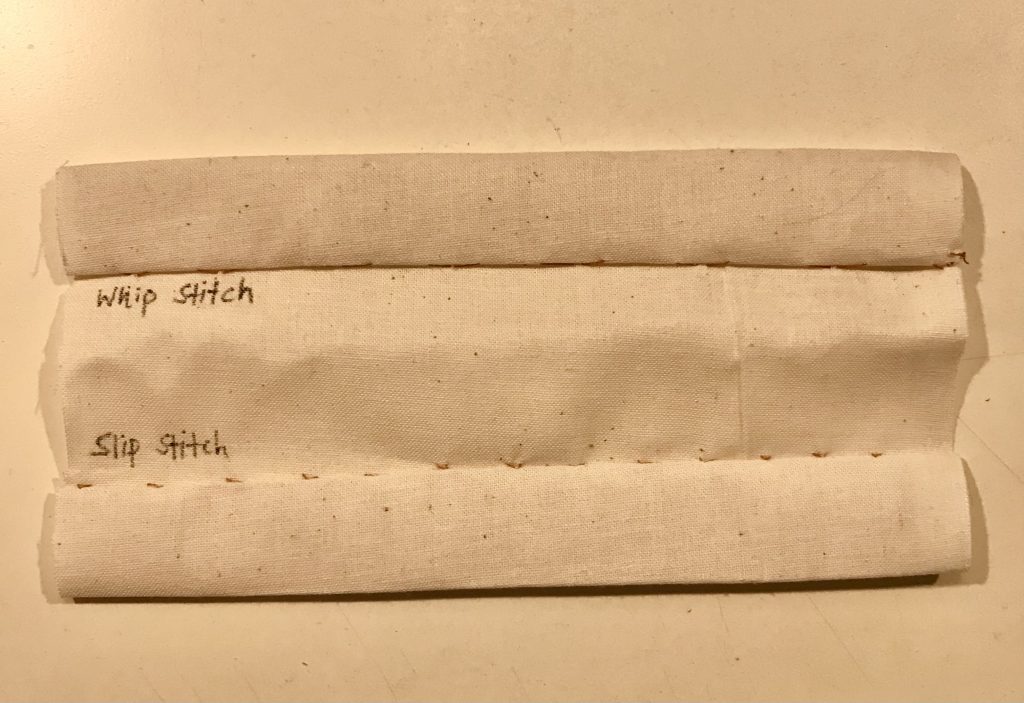
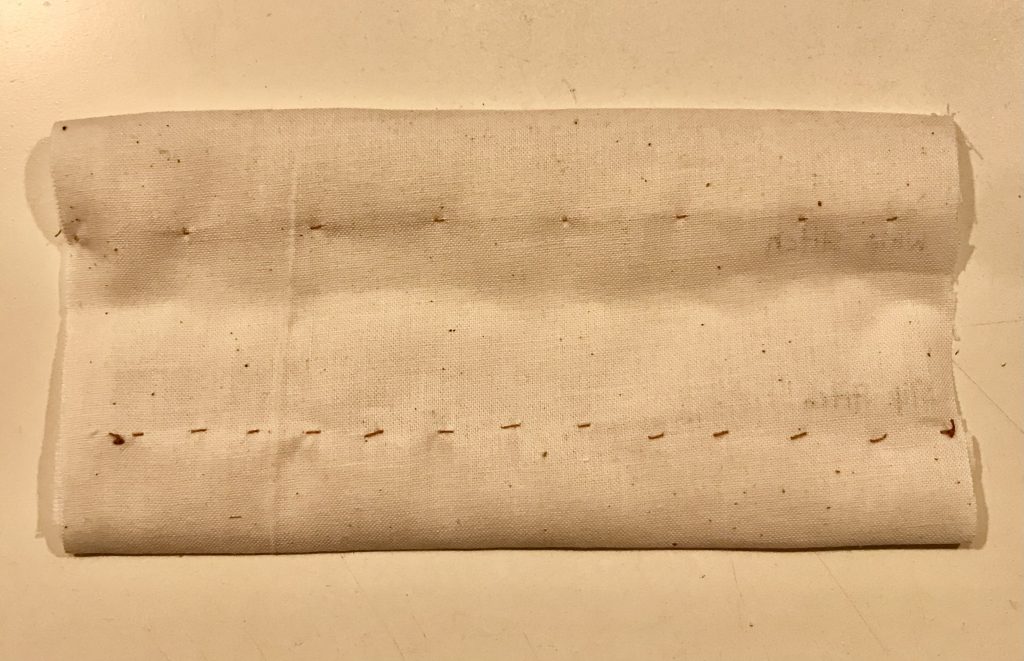
1/4 Scale Sloper Block – Jasmine Lee
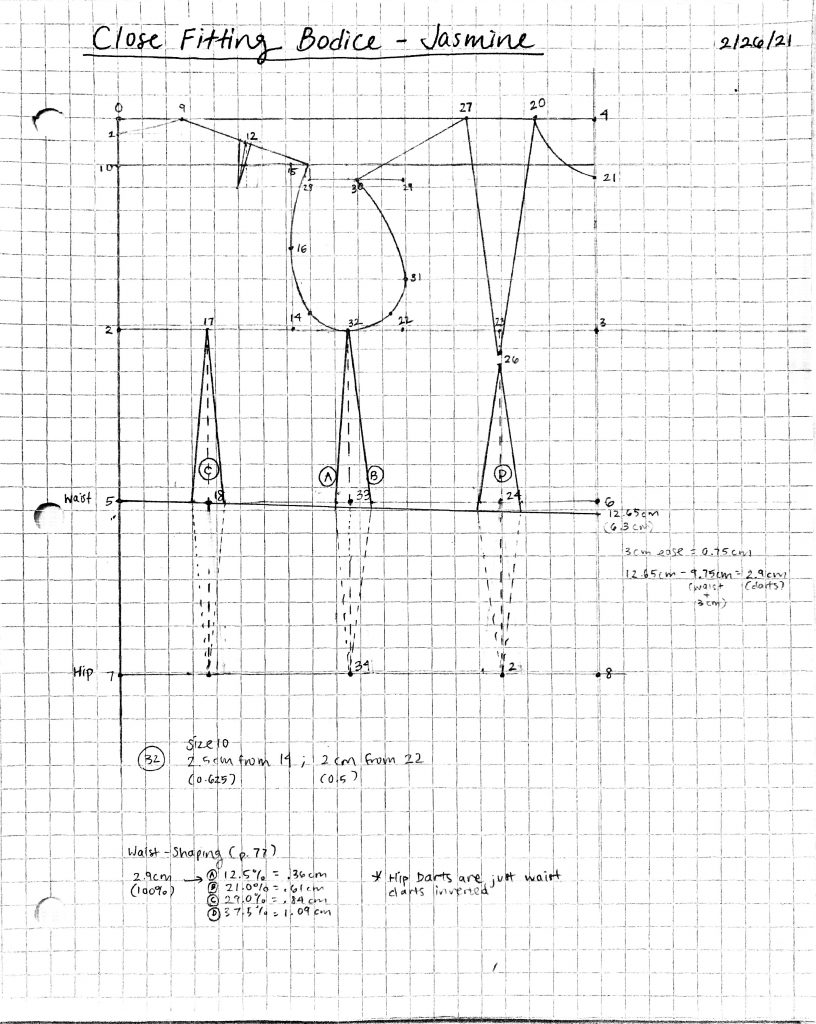

Linen
The fabric I chose to do is linen, and this is a linen dress from my closet.
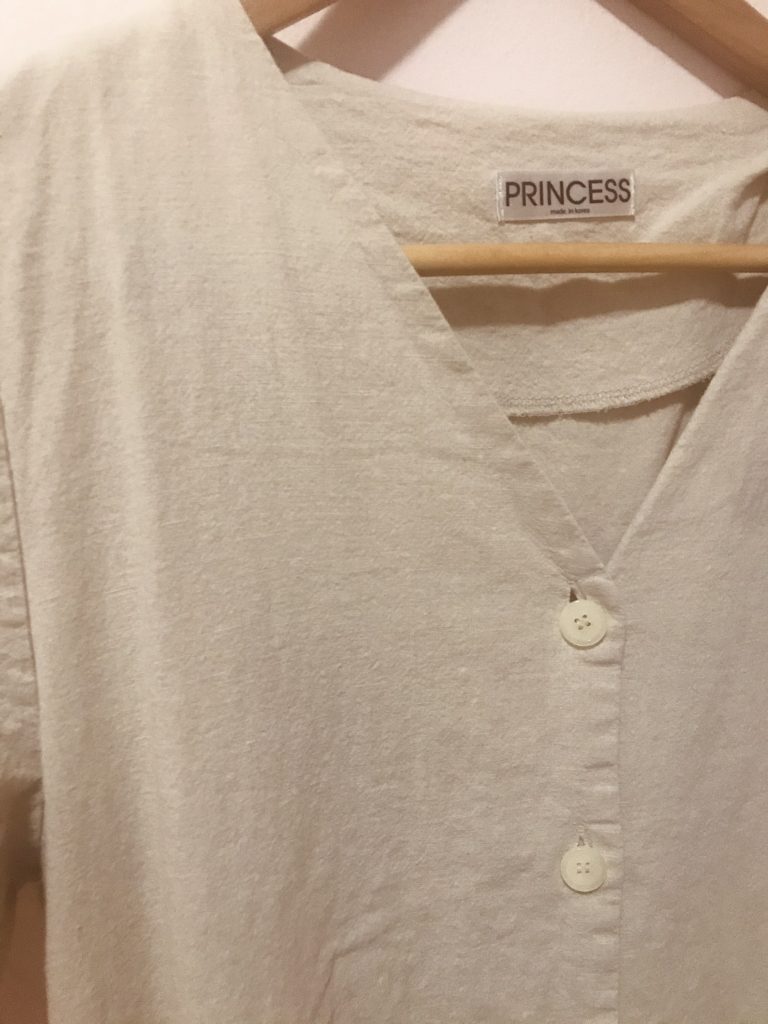
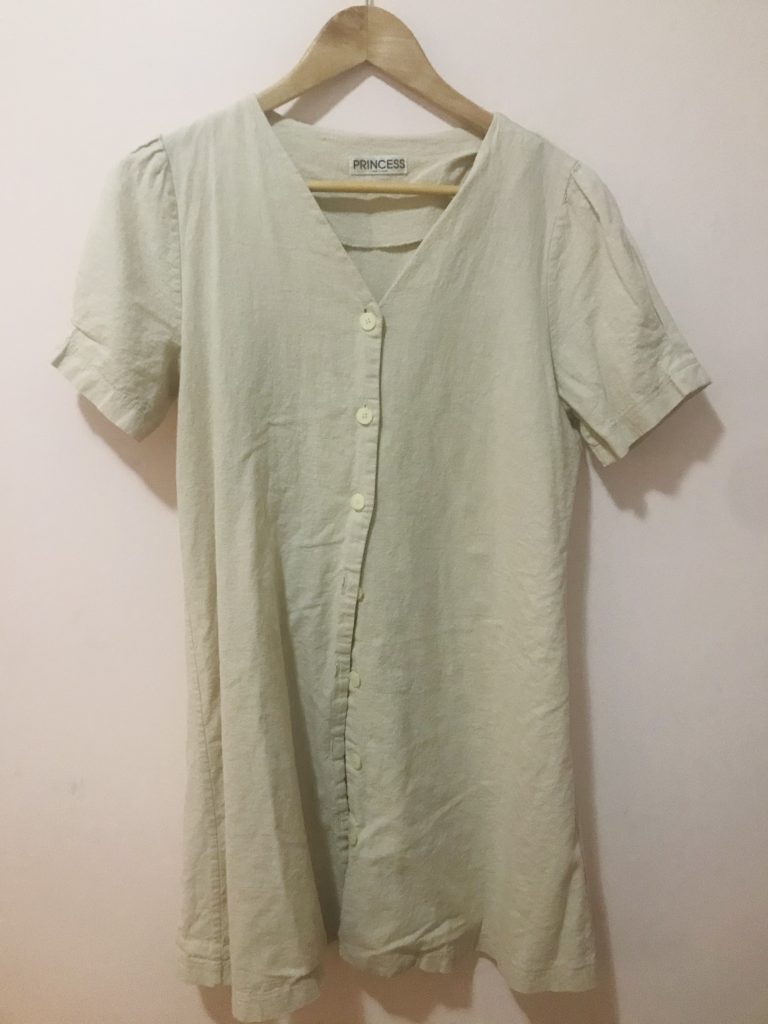
Some other garments that feature the use of linen are:
A Cultural History of Dress and Fashion in the Medieval Age by Sarah-Grace Heller takes an in-depth look at linen and other fabrics, discussing the amount of human labor and capital that went into textile production, the societal status associated with what people wore, and the life-cycle of such fabrics.
According to Fabric Saavy, linen comes in four weights: gauge, handkerchief, medium, and heavy. It is a crisp fabric made from fibers of the flax plant and doesn’t drape, but is extremely cool to wear in hot weather. The most common mistake people make with linen is choosing the wrong weight for their project.
Cultural Garments – Jasmine Lee
The article I chose to read from the Berg Fashion Library was actually the chapter, “Style: The Endless Desire for a New Look” from Changing Fashion by Annette Lynch and Mitchell D. Strauss. The chapter discusses how the modern female silhouette emerged during the first two decades of the twentieth century. It discusses where the first true transformation began, durign the 1200s – 1400s in Europe, where dress relied heavily on ornamentation, surface design, and a wealth of materials for visual interest. The change to using silhouettes and the relationships between body and lines only started happening after the 1400s, with a dialogue developing between dress, painting, and sculpting. The chapter continues to discuss whether changes in fashion or internally driven or externally driven. The 20th century ideal of a modern woman was said to draw from elements of menswear to create a certain eroticism, greatly contrasting to the 19th century ideal, where womenswear relied on its heavy contrast to menswear. The rest of the chapter is spent discussing this notion while using famous examples throughout the times.
The article presents interesting viewpoints on what actually drives fashion. It is definitely not an easy question to answer, as there are many factors in such a big world. It seems to come to a conclusion that external events and trends going along in the world seem to play a slightly bigger impact than the internally driven work of the designers and makers who are still undertaking fashion exploration. The chapter also presents an interesting conclusion that the current fashion “cycle” or “era” of womenswear is driven by the perception of the one before it. While the 19th century had a more conservative feminine ideal, the 20th century took more liberties, with the 21st century continuing the trend.
The chapter comes to a rather satisfying conclusion that beauty ideals drive fashion changes throughout the centuries, but I would have liked to read more about where the beauty ideals originate from. I suspect this might be answered in other chapters of the book, where fashion is inspected through the lens of self, search for meaning, collective behavior, performance, and cycle. It also presents careful evidence of garments changing through the years to support its points. For example, Victorian underwear with bifurcated legs (as opposed to previous skirt-like undergrarments) had a reputation as taboo, but eventually became a sort of societally sanctioned expression of sexuality. The chapter is littered with this sort of analysis that provides a richness to historical fashion that can’t be found simply looking through museums.
Garment Inspiration – Jasmine Lee

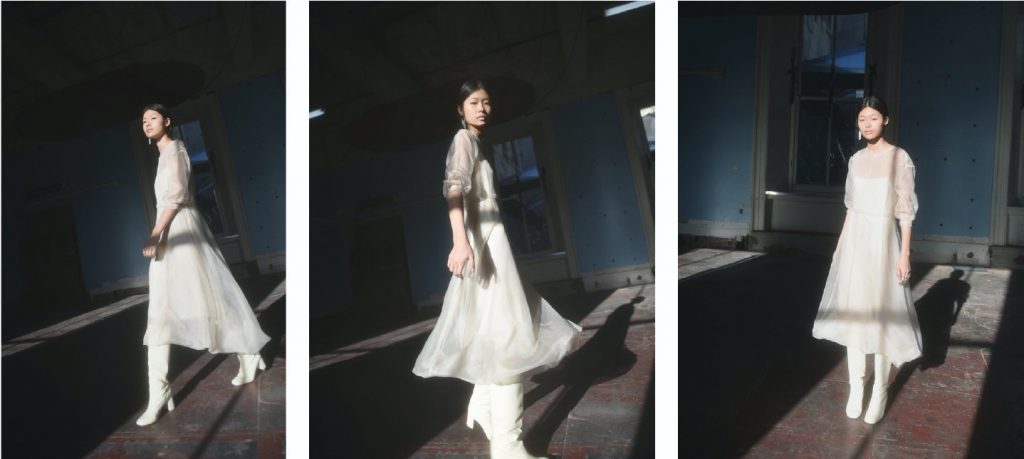
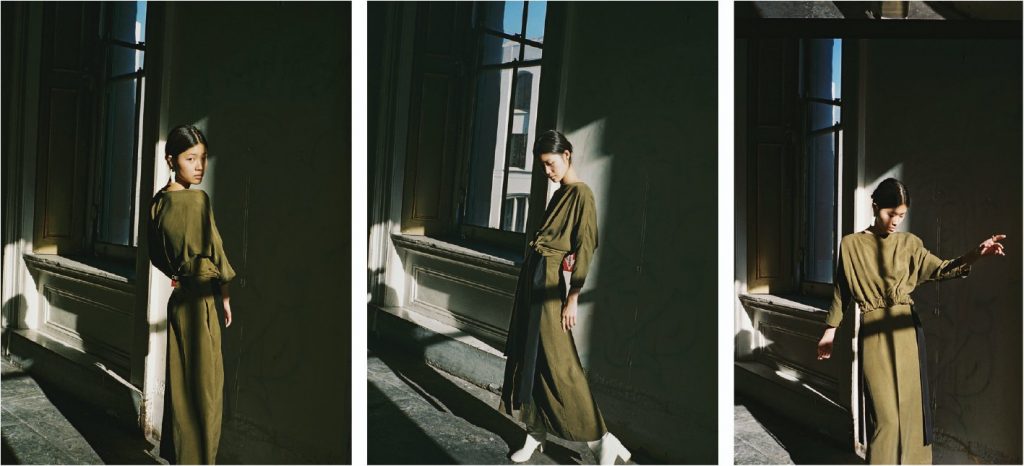
Kamperett is a label designed by Anna Chiu and Valerie Santillo, based in San Francisco (California). What I enjoy the most about their work is their explorations with organza as a material. There is experimentation with the silhouettes, necklines, and types of hemming used. What I appreciate the most about their work is the neatness of the finishing techniques used. I typically see organza used in gowns for volume, or for the shine, but I really appreciate how Kamperett takes the material and is able to create a clean, polished silhouette out of it.
In these garments specifically I am interested in the type of layering used. Kamperett plays with the transparency of its garments as well as the fitting. I think the most interesting thing about garment wear is that someone can choose exactly what and what not to reveal, and these choices can be made in an endless amount of ways. Kamperett’s approach to this is using a transparent material that it manipulates for differing degrees of opacity. In some cases, the garments are more simple and single-layered, while in other cases the garment silhouette is mainly created through the layering used.
